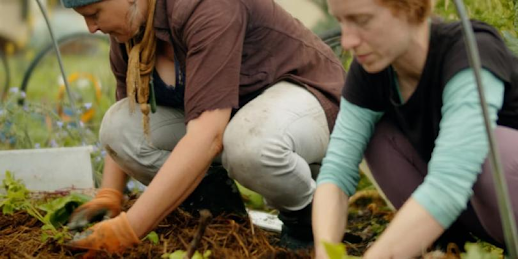I'm giving a Plenary Lecture at a conference next week, entitled: "The Energy and Climate Conundrum." A key focus is on energy demand reduction, in parallel with low-carbon energy generation.
And this is the Abstract for the talk:
The Energy and Climate Conundrum.
Christopher J. Rhodes*
Fresh-lands Environmental Actions, Reading, UK.
ABSTRACT.
The global supply of oil is the lifeblood of current industrial civilization. 84% of the primary energy used by humans on Earth is from oil, coal and natural gas, whose combustion is causing global heating, which drives climate change. Hence, low carbon energy sources must be implemented rapidly and on a massive scale. However, this will necessitate the enhanced recovery of particular materials, including lithium, cobalt, graphite, rare earth elements and indeed copper, for a largely electrified energy system. Thus, it may be useful to choose/devise technologies that utilise Earth Abundant elements1, and e.g. to substitute aluminium for copper to build this on the necessary scale.
However, decarbonising our energy sources, alone, will not solve the problem, because the human species is in ecological overshoot. Thus, reduction in our demand for energy, and for all resources is essential. Since it is the system of civilization that must be fixed, any means to accomplish this must also be systemic in nature, and bring about a consolidated amelioration of climate change, biodiversity loss, and relentless degradation of the ecosphere. A time-limited framework for this is set out in a recent “Scientists’ Warning” paper2, which underlines six principal focus areas: Energy, Atmospheric Pollutants, Nature, Food Systems, Population Stabilisation, and Economic Reforms.
Keywords: Energy; Overshoot; Scientists’ Warnings;
References:
(1) Rhodes, C.J. Endangered elements, critical raw materials and conflict minerals. Science Progress, 2019, Vol. 102(4) 304-350.
(2) Barnard P. et al. World scientists’ warnings into action, local to global. Science Progress 2021, Vol. 104(4) 1–32.
Biography:
Prof. Chris Rhodes is Director of the consultancy, Fresh-lands Environmental Actions, and a Board member of Scientists Warning Europe. He became a full professor in physical chemistry in his early 30s, and has published over 250 peer reviewed academic papers and an extensive online collection of essays and journalism. He has advised on low-carbon energy for the European Commission. Chris has given invited lectures at many international conferences and universities around the world, and at numerous popular science venues, e.g. Cafe Scientifique, along with radio and televised interviews. His novel “University Shambles,” a black comedy based on a disintegration of the U.K. university system, was nominated for a Brit Writers Award. Chris holds Fellowships of the Royal Society of Chemistry, the Linnean Society of London, and the Royal Society of Arts. He is Chair of Transition Town Reading (U.K.). He has also published a collection of poetry and a series of children’s picture books
.

